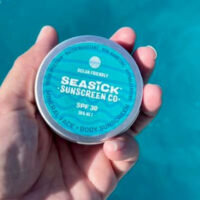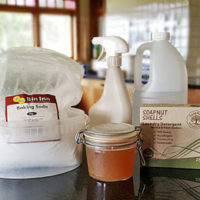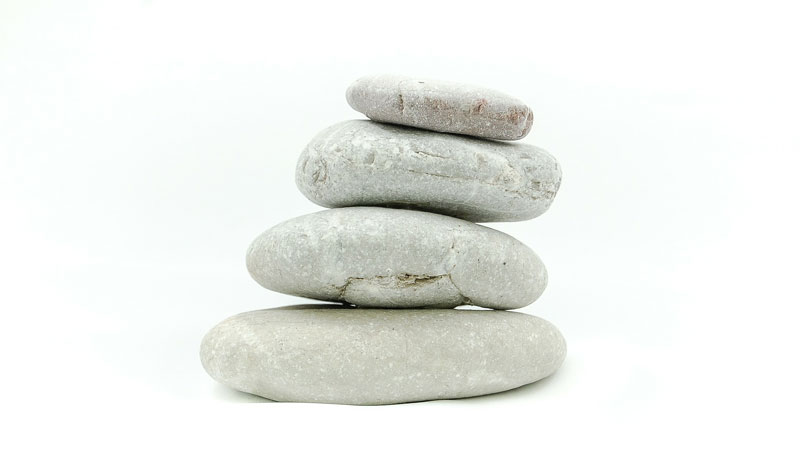
What is Mindfulness?
You wouldn’t be totally misguided if you thought mindfulness was just another word for meditation, but there are actually dozens of specific styles of meditation practices, and “Mindfulness Meditation” is just one of those.
Mindfulness is about training our minds to be observant and responsive to the onslaught of challenges that we face every day. It’s about being less reactive, yet more aware, noticing what is happening in us and around us in the present moment.
Our minds have a constant stream of thoughts and emotions running through them like a ticker tape. Did I turn off the hair straighteners?; Oh crap.. I forgot to put morning tea in the lunchboxes…; I wonder if I’ll have time to go shopping later?; I’m not hungry but I really fancy something sweet….; I wish this person in front would get a move on; What’s for tea if I don’t go shopping??; Oh, I must email so and so; Oh god …my windows are filthy…:( And without willing it or being aware of it….we are overwhelmed by the ticker tape; we are stressed.
Mindfulness is not about banishing our thoughts or shredding the ticker tape. It’s about regulating them and by doing so, keeping our emotions under control. It’s about paying attention to our thoughts and emotions, but rather than letting them dominate, we acknowledge them, make a choice about how we respond and move on. With practice, we can draw our attention away from this constant stream of noise and focus more on the physical act of just ‘being’. And by doing this, we become less stressed.
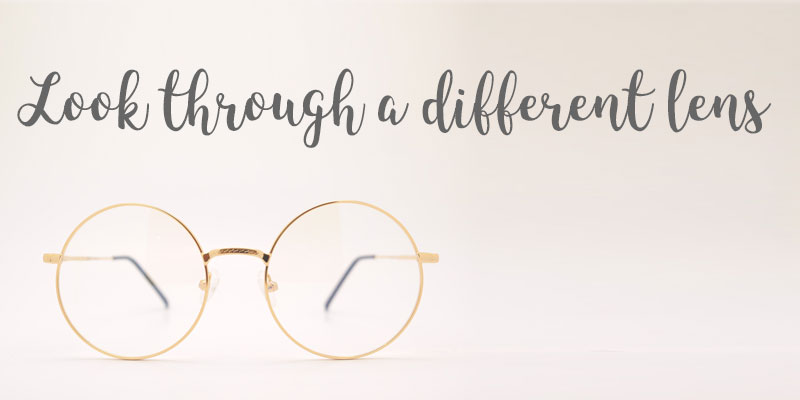
Is it New…??
Meditation is certainly nothing new having been practiced for centuries by religious groups including Buddhists and Hindus. In these cultures, mediation has deep spiritual significance where an altered state of consciousness is achieved, the ultimate goal being to attain enlightenment or nirvana – a process that can take years!! But whilst the foundations of mindfulness are most likely linked to Buddhist traditions, mindfulness meditation is a more modern interpretation of these ancient and complex meditation rituals.
Jon Kabat-Zinn is generally considered to be responsible for the current popularity of mindfulness after founding the Mindfulness-Based Stress Reduction programme in 1979. Jon studied meditation under Buddhist teachers and Zen missionaries before adapting what he had learned to create this programme, the purpose of which was to treat chronically ill patients by changing their relationship with pain. Well documented evidence and studies since, have shown its effectiveness in treating many mental and physical conditions including anxiety, depression and even drug addiction.
Mindfulness has become hugely popular since then as more and more people become aware of the benefits it can bring to daily life. The stigma attached to the traditional image of ‘meditation’ (the chanting Buddha) has been well and truly shed and has made way for this more modern approach – no religion required. Programmes teaching mindfulness have been widely adopted in prisons, hospitals, military organisations and schools. Big corporates have also taken notice and companies including Google, Apple and Nike offer their employees mindfulness coaching to improve the overall work environment.
Celebrities have endorsed it too. Oprah Winfrey, Goldie Hawn and Meg Ryan are all advocates of the technique and Ruby Wax has become somewhat of a patron for it in the UK. She has struggled with mental health issues and promotes mindfulness as an effective way to beat her condition. In her words: ” With mindfulness practice, you eventually tame, calm and befriend that bucking bronco of a mind, gently taking the reins and steering it where you want”.
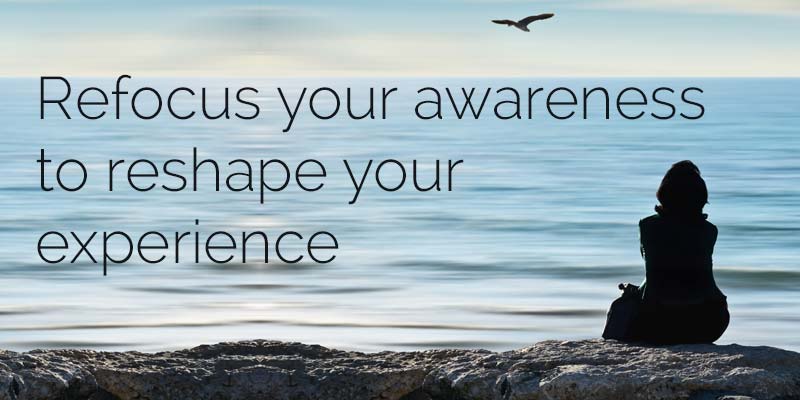
How can Mindfulness help Me?
Research has shown that mindfulness can positively impact our physical and mental health. Jon Kabat-Zinn’s 8 week mindfulness programme was originally designed to help those who were in pain or those with conditions or life issues that were hard to treat in a traditional hospital environment.
Today, it is successfully used to treat a variety of conditions including anxiety, depression, anger and addiction. But it can also help with the more ‘everyday’ problems most of us face on a regular basis including stress, feelings of ‘not-enoughness’, worry, lack of direction and all the other stuff life throws our way. In short, it can help us to handle our emotions.
It can help us to be more balanced and in tune with what is happening in and around us. It can give us a sense of calm and clarity, increasing our attention and focus, broadening our perspective on life. It can help us to be more resilient and self-aware. And it can help us to manage that incessant ticker tape of thoughts running through our brains, making way for the present, giving us the opportunity for better sleep and a new sense of well-being.
But it’s not just good for us…it can be good for our kids too. In learning mindfulness, they have a better understanding of how their brain works and an increased appreciation for their own thoughts and emotions. They have a greater compassion and empathy for themselves and others and they learn how to pause and respond to a situation rather than reacting.
How often do you see a kid ‘lash out’…?? I’d say it happens at least once a day in our house where there are 3 children under 8 (usually gorgeous and well behaved until they are not ha ha….). Maybe their beloved sibling snatched a book they were looking at and they immediately react with an angry retaliation that might be a blood curdling scream or swift punch or kick depending on which kid it is. In talking to them afterwards, they will all know what they did was wrong but they didn’t give themselves time to respond to the situation in a ‘mindful’ way, they simply reacted.
Children can suffer from stress and anxiety too – those things are not just for adults, so giving them tools to manage them at an early age has got to be a good thing.
How can I ‘do’ Mindfulness..??
Mindfulness isn’t some ultimate wisdom or zen state of mind that you achieve after years and years of diligent study. It’s about living your life as if it really mattered, moment by moment.
It doesn’t sound so hard does it..?? But whilst the concepts of mindfulness are simple, it’s still a skill that we must practice – exercising our minds in mindfulness is just like exercising a muscle to increase strength or endurance.
To learn more about it, you can undertake formal training. There are heaps of professionally run courses out there – you might be amazed (I was) to see what Google has to offer when you type in “mindfulness training nz”!! But you don’t have to go down the professional route.
There are lots of things you can do to incorporate mindfulness into your day. It might suit you to sit down for 20 minutes and do a ‘practice’, but for others, applying some easy principles to things we do as a matter of course will work better.
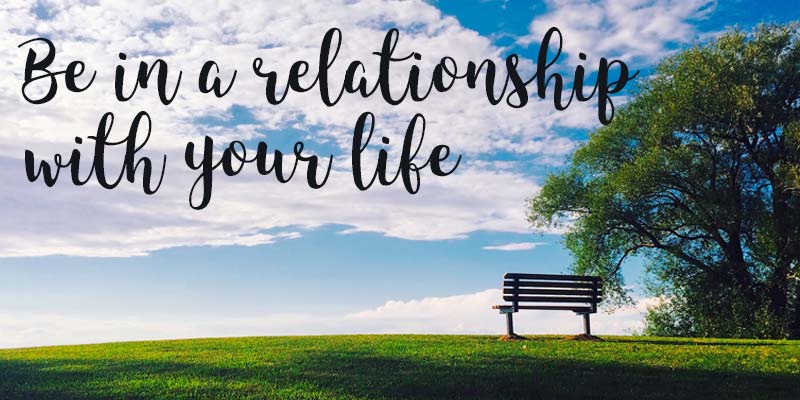
Everyday Mindfulness Techniques
Here are 6 tips you can use to shape your day:
- Take a fresh look. We are such experts. We think we know it all already. Often, this leaves no room in our lives for novelty or new possibilities. Think about how exciting things were before we thought we knew it all. Next time you see something or experience something, try to move away from pre-formed opinions or thoughts you’ve had. Look at something as if you’ve never seen it before or enjoy an experience as if it was for the first time.
- Make time. That smile, that look in their eye, the feeling of their hand in yours… If you miss these things, they are gone. To those that say they haven’t got time…ALL you have got is time. This sounds a bit preachy but think about it…. Make your time count by being aware of the moment. Feel the skin of that little hand grasping yours, notice as it gets sweaty and hot or starts to swing. Simply enjoy the feeling.
- Tune in. Next time you take a shower, check where you are. This sounds weird but is actually a trick Jon Kabat-Zinn gives his clients as ‘homework’. Are you in the shower…or in that meeting you have scheduled for later this morning ..?? Tune in to your body. Notice the sensations. Feel the water on your skin, watch the steam. Pay attention and be aware of the moment. The meeting is later.
- Be in a relationship with your life. Every moment of it. Yesterday is a memory and tomorrow is not yet upon us so try not to let the past or the future influence your awareness or participation of the present.
- Taste the raisin. This is a famous exercise taken from the Mindfulness-Based Stress Reduction programme. Here are the details of the Taste the Raisin exercise. In essence it teaches us to enjoy every single part of that raisin: how it feels as we hold it, what it looks like, how it smells, noticing the action of our arm as we put it to our mouths and finally how the raisin tastes and what it feels like as we swallow it. This is mindful eating.
- Be accepting. Recognise that things are the way they are. Do not try to force things to be the way they are not. This doesn’t mean we should shrug our shoulders and give up if things are not how we would like them to be, but instead, be clever. Be rational and use what we know to change our relationship with the situation.
Mindfulness and Me
For me, formal meditation has no appeal, at least not in the traditional sense. I’m not religious or spiritual and have no interest in clearing my mind or achieving nirvana. But the theory of mindfulness and the principle that we should be aware enough to enjoy and savour each moment life has to offer is something that actually makes sense to me.
All too often I catch myself not able to concentrate on what I am doing simply because I’m thinking of all the other things I could/should/need to be doing. And then something gets burned because I’m simply not paying proper attention, or I don’t hear my child’s reading because I’m thinking about an email I need to write. Multi-tasking is great, and often necessary and I’m not suggesting we all dumb down and only undertake one simple task at a time, but if there was some way to manage that noise in my head, that would be good.
So, as I sit here typing, I stop. I feel the keyboard beneath my fingers. The chair on my back. I hear the sound of my breath and feel it as it comes and goes from my body. I notice my shoulders feel tense and sore (note to self: ask for a massage for my birthday). And then I move on having given myself a rest.
Mindfulness is such a simple idea and really quite practical in many ways, which is perhaps why I like it. There is no ‘one way’ to do it either which means you can try different methods and see what works for you. It eschews the formal and hard to achieve concepts of traditional mediation and instead presents us with a modern version we can all use to ease stress, tune it and notice what matters.
When put simply, mindfulness is just being aware.

